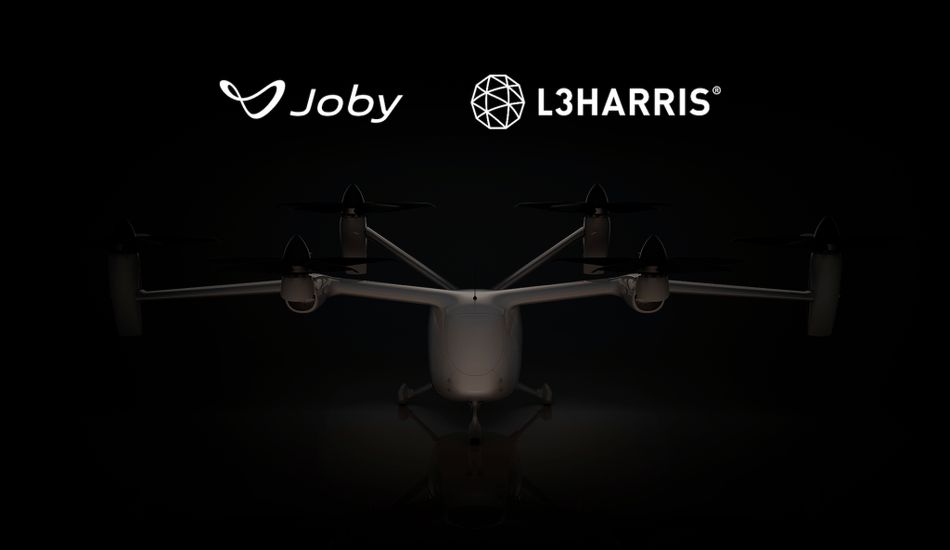
Joby Aviation and L3Harris Join Forces for Autonomous Hybrid Aircraft Development
Joby Aviation, known for its electric air taxi development, is also making strides in defense. They've been working with the U.S. Department of Defense for years, and now that partnership might really take off. Joby just announced an agreement with defense contractor L3Harris Technologies to explore creating a new kind of aircraft: a gas-turbine hybrid vertical take-off and landing (VTOL) aircraft that can fly itself.
While Joby is famous for its all-electric S4 aircraft, they've also experimented with hydrogen-electric hybrids. Last year, they even flew one over 500 miles! This new project with L3Harris will build on that S4 platform, but instead of being all-electric, it'll use a gas-turbine hybrid engine. The goal? Defense applications, of course.
This agreement is just the first step, but if all goes well with upcoming flight tests and demonstrations, it could lead to a big military contract. Flight testing is scheduled to begin this fall, with operational demos expected in 2026. It's a big deal because Joby can choose to build all the tech in house, or team up with a partner that already has deep understanding of those use cases and proven technology, and they chose to team up!
Why Hybrid?
Joby realized that range was a major factor for the DoD. I think it's smart of them to recognize the importance of adapting their technology to meet specific needs. And this new vertical lift technology could be used for low-altitude support missions, which could include contested logistics, electronic warfare, and even taking down other unmanned aircraft.
So, while we're all waiting for electric air taxis to become a reality, Joby is quietly working on some pretty cool stuff for the military. It's a different path to market, but it could be a very successful one. I'm curious to see where this partnership with L3Harris leads and how this autonomous hybrid aircraft will be used in the future. It's definitely an area to keep an eye on.
Source: TechCrunch